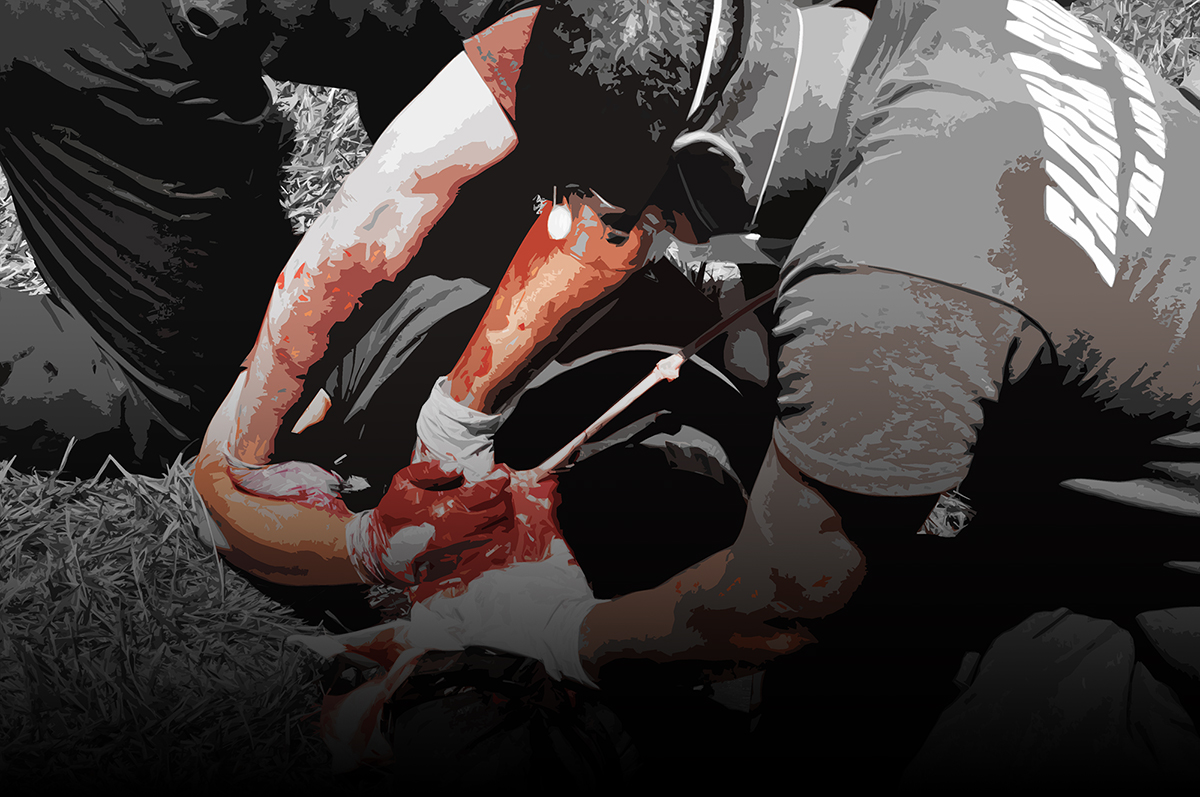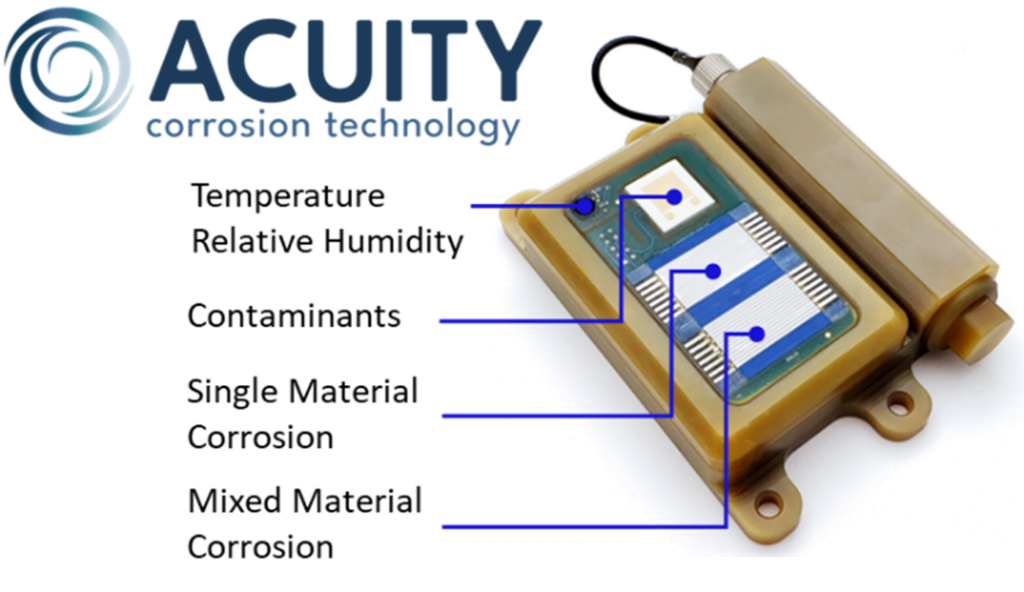Categories
Tags
Share:
More Articles
-

Accelerating Impact: Luna Labs’ MedSim Product Lines Acquired by Integrated Medcraft
Acquisition of Luna Labs' TrueClot and Dislotech shows commitment to partnering with the right organizations to maximize impact.
Categories
-

Stop the Bleed, Reduce the Joint: Latest News from Luna Labs’ MedSim Team
Read a first-hand account of the value of medical simulation training and more.
Categories
-

Luna Labs Receives ONRV Regional Impact Award
Luna Labs was recognized for significant investment and job creation that have strengthened local economies.
Categories


